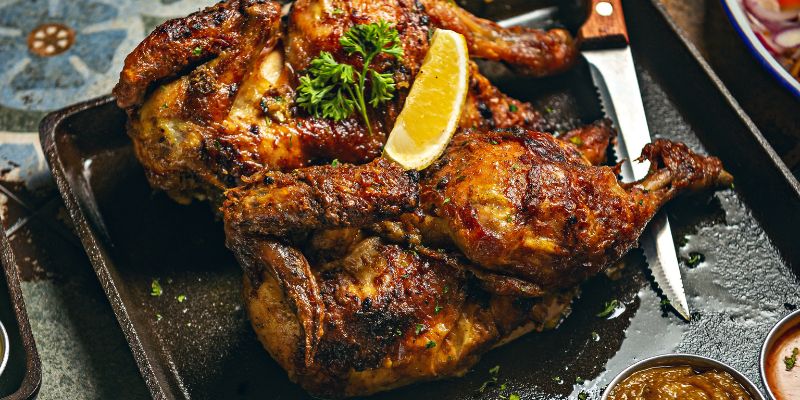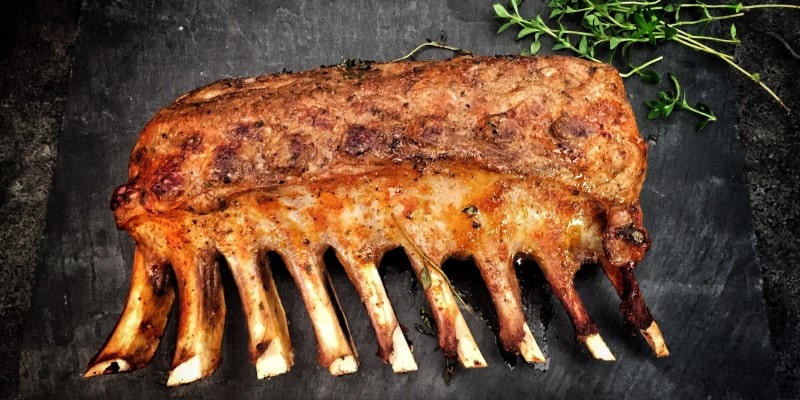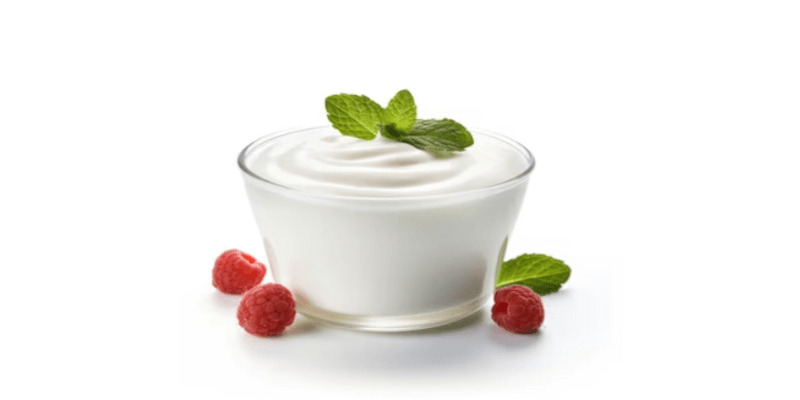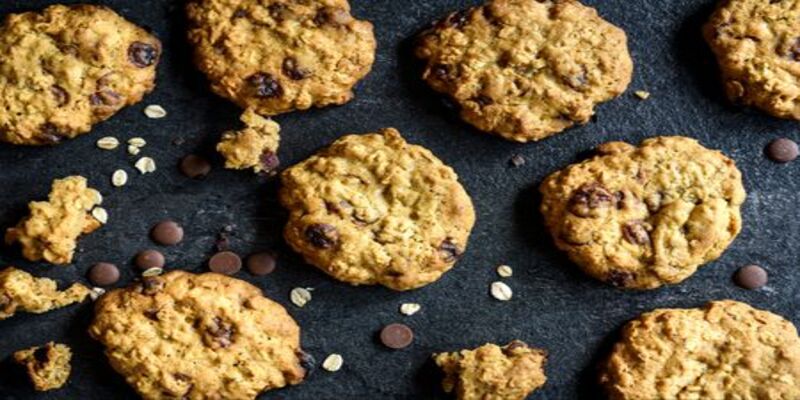Demystifying the Science of Heat vs. Temperature: A Comprehensive Guide
Sep 19, 2023 By Susan Kelly
Advertisement
Did you ever think about why your coffee gets colder as you leave it or why a warm blanket feels so nice when it's chilly? Heat and temperature are important things in our everyday lives, making the world feel a certain way.
Even though these words might seem similar, they actually mean different stuff in science. This guide is all about heat and temperature, and it will help you understand what makes them special, how they're different, and why they matter in our world.
Heat
At its core, heat is a form of energy. Imagine heat as an invisible, magical force that flows from warmer objects to cooler ones. When you touch a hot stove or hold a warm cup of tea, you're feeling the transfer of heat energy from the object to your hand.
This flow of energy is always seeking equilibrium – it wants to distribute itself evenly among all objects. So, when you place a hot object in a cooler room, the heat energy moves from the object to the surrounding air until everything reaches the same temperature.
Temperature
Imagine temperature as your way of checking if something is hot or cold. It's like the thermometer's language for "How warm is it?" or "How chilly is it?" We use degrees Celsius (°C) or Fahrenheit (°F) to measure temperature. So, when you hear someone say, "It's 25°C outside," they're basically telling you how nice or chilly the air feels.
What to Know About Kinetic Theory of Matter?
To know how heat and temperature are connected, let's talk about the kinetic theory of matter. This idea says everything is made of tiny particles that are always moving. Temperature is like the average energy of these particles. When something gets more heat, its particles move faster because they have more energy.
Think about a pot of water on a stove. When we heat it up, the water molecules take in energy and start moving faster. This makes the water get hotter. When it gets super hot, it starts boiling. At this point, the heat helps the water molecules break apart and turn into steam, even though the temperature doesn't go up more.
Understanding the Mechanisms of Heat Transfer

Here's an explanation of how heat moves from one place to another in different ways.
Conduction
Conduction is how heat moves in solids or between touching solids. It happens when particles in a solid bump into each other. When one particle gets more energy, it shakes a lot and hits its neighbors, giving them some extra energy, too. Metals are really good at conduction because their electrons can move around easily in their structure.
Convection
Convection is like a natural way that heat travels in liquids and gases. It's because the fluid itself moves around. When some parts of the fluid get heated up, they become lighter and rise, and the cooler parts sink down.
This creates a continuous circular motion that helps the heat spread out. You can see convection in action with things like the way oceans move, how air circulates in the atmosphere, and even when you're boiling water in a pot on the stove.
Radiation
Radiation is like heat traveling without needing anything to carry it. It's a bit like how light travels. This happens when objects give off and take in special waves called electromagnetic waves. In this case, it's a type of wave called infrared radiation. Even things that are super cold still send out a little bit of this radiation, but the hotter they are, the more they send out.
It also depends on how bumpy or smooth the surface of an object is. So, think about the sun. Even in the empty space, where there's no air or anything, you can still feel the sun's warmth. That's because the sun sends out a lot of radiation, including the kind we can feel as heat.
Practical Applications and Significance

Here is a list of real-world ways heat and temperature impact our lives.
Creating Delicious Food with Heat
Cooking is all about using heat to make food taste amazing. Think about grilling – it uses something like heat rays to cook food, and boiling uses the way heat moves in liquids. The cool thing is the science of heat and temperature helps chefs and people who make food know how to get the perfect textures and flavors.
Using Nature's Energy with Solar Panels and Geothermal Systems
Imagine using the power of the sun and the heat from deep inside the Earth to create energy. That's what renewable energy technologies do. Take solar panels, for example – they catch sunlight and turn it into electricity we can use.
Then, there are geothermal systems that use the Earth's own heat to provide warmth and cooling for buildings. All this clever science about how heat moves around helps us get energy from nature without harming the environment.
Climate Science and Global Warming
Ever wonder how our climate works? It's like a big puzzle involving heat and temperature. Our planet gets energy from the sun, and it also releases heat back into space. This energy shapes our weather and overall climate. But there's a twist: extra greenhouse gases in the air are like a cozy blanket that traps more heat, leading to global warming.
This teaches us that the way heat and temperature interact is crucial for understanding how our environment is changing.
Wrapping Up!
Heat and temperature are like a dynamic duo that influences our everyday world. Knowing the difference between them helps us figure out why things happen as they do. When we put these two things together, they shape everything around us.
So, the next time you're enjoying a cozy cup of hot chocolate or feeling the warmth of a campfire, you'll have a clearer picture of the fascinating science that's going on behind the scenes.
Advertisement
-
 Sep 05, 2023
Sep 05, 2023Complete Guide To Injecting Meat For Smoking: All You Need To Know
Injecting the meat is easier. All you need is to choose the right needle, prepare the injecting solution, and inject it into the meat after selecting the right spot
-
 Sep 04, 2023
Sep 04, 2023Mochi is the Secret Ingredient Your BBQ Needs to be Next Level
Unleash the magic of Mochi BBQ and elevate your grilling game with this unique and chewy rice cake.
-
 Sep 17, 2023
Sep 17, 2023Unraveling the Wonders of Lactic Acid Fermentation
Discover the fascinating world of Lactic Acid Fermentation. From its process to the diverse products it yields, learn how this natural transformation occurs and impacts our lives.
-
 Feb 14, 2023
Feb 14, 2023Low-Calorie Desserts That You Must Try
Low-calorie desserts are a delicious and guilt-free way to enjoy a sweet treat. Some popular options include fruit sorbets, baked fruit with a sprinkle of cinnamon, Greek yogurt with fresh berries, and angel food cake with a drizzle of honey. Experiment with different flavors and ingredients to find the perfect low-calorie dessert. By choosing healthier options, you can enjoy a sweet ending to your meal without feeling the guilt of consuming too many calories.
